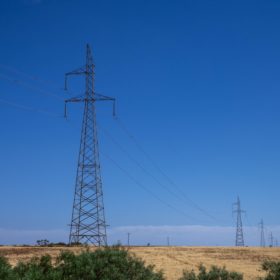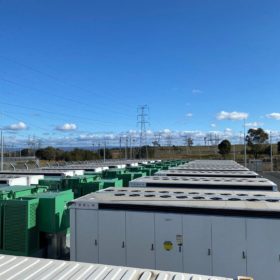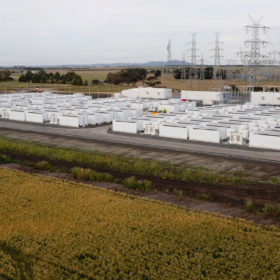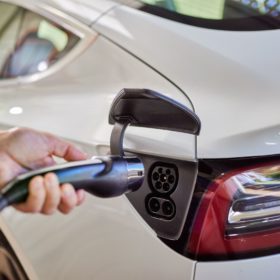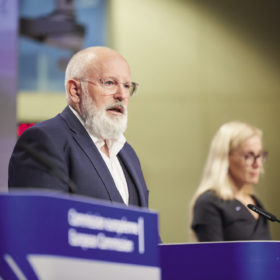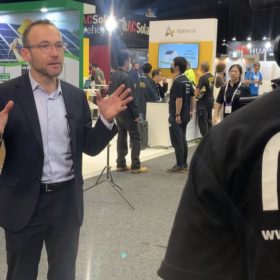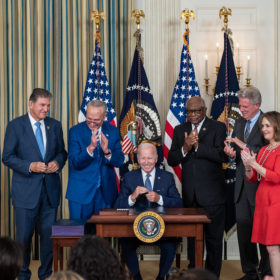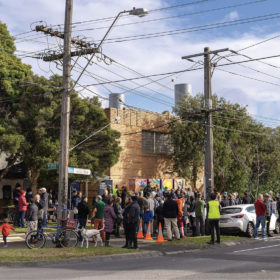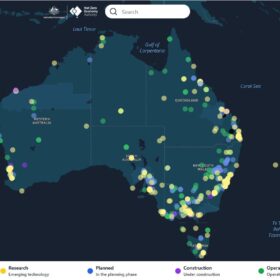Victoria approves acceleration of intra-state transmission project
The Victorian government has provided its seal of approval to accelerate the development of a new high-capacity transmission line that will facilitate the increased flow of electricity between the Victorian and New South Wales grids, helping to maintain power supply reliability as coal-fired generation declines and retires.
NSW Labor promises $1 billion for new state-owned energy corp
The New South Wales Labor Party plans to tip in $1 billion (USD 690 million) to create a state-owned energy corporation which will partner with the private sector to accelerate investment in pumped hydro, community batteries and renewables to support the state’s energy transition.
Weekend read: Australia goes big on batteries
Last December, Australia’s first large-scale battery funding round fast-tracked eight new grid-forming projects with a combined capacity of 2.0 GW / 4.2 GWh. That same month, the country’s fresh federal government announced it would enact a major underwriting scheme to incentivise renewable storage across the country. The moves echo those which inaugurated big solar in Australia, but the transformative potential of these storage plays will, it seems, take a different shape.
WA tips $15 million in to drive expansion of EV charging network
The Western Australian Government has launched a new $15 million (USD 10.3 million) grant program to expand electric vehicle charging infrastructure throughout the state and accelerate the uptake of zero emission vehicles.
Europe introduces new green hydrogen rules
The European Commission has presented the final version of its new rules for green hydrogen, with looser requirements to qualify hydrogen as “green.”
Greens to back climate policy under one condition
The Greens will back the government’s hallmark Safeguard Mechanism policy reforms, but only if the government agrees to a moratorium on new coal or gas projects. The Greens hold the balance of power on the policy’s fate and their resolution has sparked fears that Australia could see a repeat of the dreaded climate wars.
Australia regretting belated transition as IRA sparks global race for renewables
When US President Joe Biden signed the $500 billion (USD 369 billion) Inflation Reduction Act into law in August 2022, it was lauded as the most significant policy the world has yet seen to combat climate change and drive the transition to renewable energies. However, some international critics and competitors claim the landmark bill thwarts their slow-burning ambitions to foster green manufacturing at home. As governments scramble to respond to the scale of the IRA, Australia is one country realising it may have already been left behind.
NSW Liberals promise 30,000 EV chargers across NSW by 2026
If re-elected in March, the New South Wales Liberal and National coalition say they will fast track the rollout of public and private electric vehicle (EV) chargers by reforming strata and planning laws, and installing public facilities at transport hubs.
Weekend read: A battery of dilemmas
A surge of community battery trials in Australia is seeking to make better use of the country’s vast distributed solar resource. But the results so far have battered expectations. pv magazine Australia’s Natalie Filatoff and Bella Peacock explore the motivations, challenges, and outlook for sharing and monetising solar rooftop riches.
Investment in Australian large-scale renewables jumped 50% in 2022
Large-scale wind and solar farm investment commitments grew nearly 50% in 2022, according to new data published by the Clean Energy Regulator.
